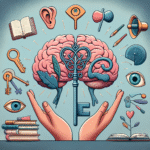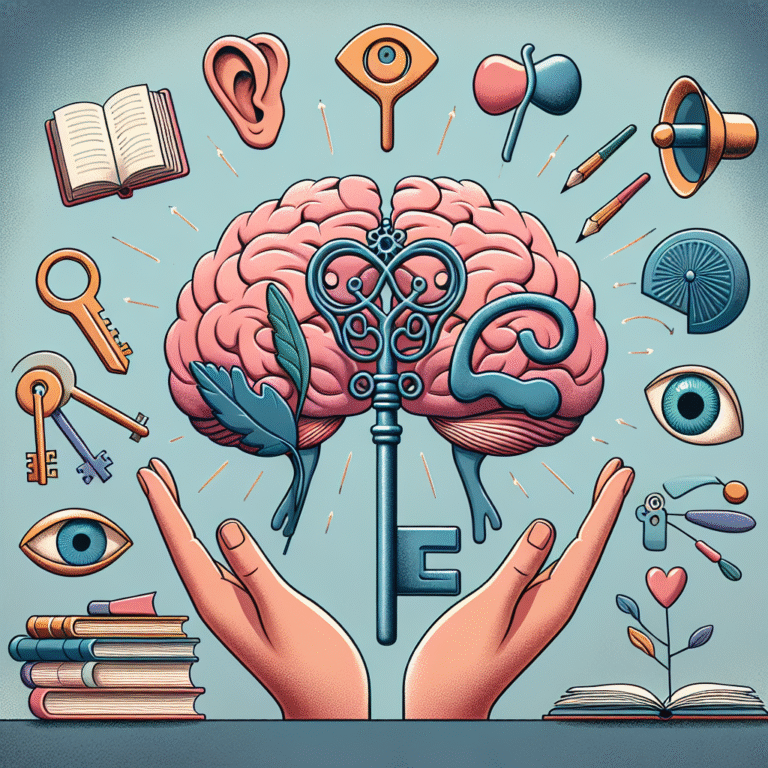
Introduction
In a world that increasingly values independence and self-sufficiency, the human craving for connection and attachment remains a powerful force. The Science of Attachment: Unpacking Emotional Bonds and Their Impact on Mental Health offers a crucial lens through which we can examine our emotional experiences and the psychological frameworks that govern our relationships. Understanding this science isn’t merely academic; it’s essential, empowering us to foster healthier relationships and, ultimately, better mental health. So, whether you’re a parent, a partner, or an individual seeking deeper connections, this exploration promises to enlighten you.
The Foundations of Attachment Theory
Historical Context
The framework of attachment theory was primarily developed by John Bowlby in the mid-20th century, rooted in the observation of children’s bonds with their primary caregivers. He posited that these early bonds significantly influence emotional health and relationships later in life. Bowlby’s work was later expanded by Mary Ainsworth, who introduced the landmark "Strange Situation" experiment, identifying three primary attachment styles: secure, anxious, and avoidant.
Attachment Styles Explained
Secure Attachment
Individuals with secure attachment styles tend to have healthier relationships. They are confident in their emotional connections, feel comfortable with intimacy, and maintain a balanced sense of independence. Research shows that securely attached individuals experience lower anxiety and depression levels.
Anxious Attachment
Anxiously attached individuals often fear abandonment and crave closeness. Their relationships may be characterized by clinginess and emotional highs and lows, making them vulnerable to mental health disorders such as anxiety and depression.
Avoidant Attachment
Those with avoidant attachment styles typically shy away from emotional closeness and often appear aloof. Their defensive strategies can lead to loneliness and a greater likelihood of experiencing depression and anxiety.
| Attachment Style | Characteristics | Mental Health Implications |
|---|---|---|
| Secure | Comfortable with intimacy, stable | Lower anxiety and depression |
| Anxious | Fear of abandonment, clinginess | Higher anxiety, emotional instability |
| Avoidant | Emotional distance, self-sufficient | Increased loneliness, risk of depression |
Case Study: The Impact of Attachment in Childhood
The Role of Caregivers
A pivotal study by Ainsworth examined infants’ responses to their caregiver’s presence and absence. In a controlled environment, infants with secure attachments displayed joy upon their caregiver’s return, while those with anxious and avoidant styles showed distress and indifference, respectively.
Analysis
This study illustrates how crucial the caregiver’s responsiveness is in shaping attachment styles. The implications are profound: children who feel securely attached are likely to develop healthier emotional regulation skills, leading to better mental health outcomes in adulthood.
The Behavioral Outcomes of Attachment
Relationships in Adulthood
As adults, our attachment styles significantly influence our romantic relationships, friendships, and even professional interactions. A secure attachment fosters trust and open communication, while anxious and avoidant styles can lead to numerous relational challenges.
Emotional Regulation
The science of attachment elucidates the profound connection between our relational patterns and emotional regulation. Individuals with secure attachments tend to employ healthier coping mechanisms in times of stress, while those with insecure attachments may resort to maladaptive strategies.
Chart: Coping Strategies by Attachment Style
| Attachment Style | Adaptive Strategies | Maladaptive Strategies |
|---|---|---|
| Secure | Open communication, seeking support | None typically |
| Anxious | Seeking reassurance | Overanalyzing, clinginess |
| Avoidant | Problem-solving | Emotional suppression |
The Interplay Between Attachment and Mental Health
Mental Health Disorders
Understanding The Science of Attachment: Unpacking Emotional Bonds and Their Impact on Mental Health extends into the realm of clinical psychology. Studies indicate that insecure attachment patterns are closely linked with mental health disorders such as anxiety, depression, and personality disorders.
Therapeutic Implications
Many therapeutic models, particularly Emotionally Focused Therapy (EFT), emphasize the importance of understanding attachment styles in healing relationships. By helping clients recognize their attachment styles, therapists can guide them to build healthier emotional bonds.
Real-World Applications
Relationship Counseling
Counselors frequently use knowledge of attachment theory to help couples understand their relational dynamics. For instance, a secure partner may help an anxious partner feel safe, gradually changing the anxious partner’s attachment style.
Parenting Strategies
Parents can benefit from understanding attachment theory: promoting secure attachments through responsiveness, consistency, and emotional support can prevent future mental health issues in their children.
Conclusion
Understanding The Science of Attachment: Unpacking Emotional Bonds and Their Impact on Mental Health offers invaluable insights into our emotional well-being and relationships. By recognizing our own attachment styles and those of others, we can cultivate deeper, more meaningful connections, ultimately leading to improved mental health. The journey toward healthier relationships begins with awareness and a commitment to fostering secure attachments.
Actionable Insights
- Identify Your Attachment Style: Reflect on your own relationship patterns to understand how your attachment style influences your mental health.
- Foster Secure Attachments: Whether in a romantic relationship, friendship, or parenthood, work towards creating an environment of safety and security.
- Seek Professional Guidance: If mental health struggles persist, talking to a mental health professional can provide tailored strategies for improvement.
FAQs
1. What is attachment theory?
Attachment theory explains how our early relationships with caregivers create models for our future emotional bonds and relationships.
2. How can attachment styles affect adult relationships?
Attachment styles influence trust, communication, and emotional regulation in relationships. Secure attachments foster healthier connections, while insecure attachments can result in relational dysfunction.
3. Can I change my attachment style?
Yes, through self-awareness, therapy, and cultivating secure relationships, individuals can shift towards a more secure attachment style.
4. What role do caregivers play in attachment development?
Responsive and nurturing caregivers promote secure attachments, while those who are inconsistent or neglectful may contribute to insecure attachment styles.
5. How does attachment relate to mental health?
Insecure attachment styles are linked to higher incidences of anxiety, depression, and other mental health disorders, underscoring the importance of healthy emotional bonds for mental well-being.
Through this exploration of The Science of Attachment: Unpacking Emotional Bonds and Their Impact on Mental Health, we’ve uncovered the intricate ways our relationships shape our psychological experiences. As we continue this journey toward understanding ourselves and our connections, let us strive for meaningful, supportive relationships that enrich our lives and nurture our mental health.















